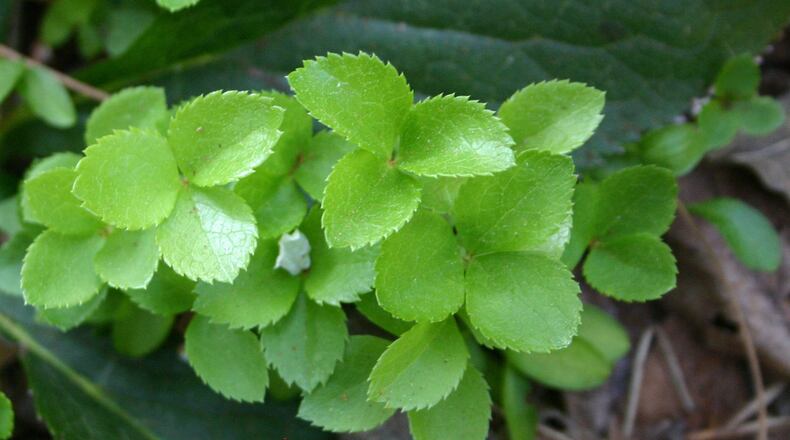Q: I have dozens of small seedlings around my Lenten roses. What do I do now? Katherine VanHoy Charlotte, N.C.
A: Transplant the seedlings into a semi-shaded "nurse" bed, just a few inches apart. Fertilize in late May with a controlled-release fertilizer (Osmocote, Dynamite, etc). Don't expect much growth this summer but don't let them dry out. When the seedlings are four inches tall next April, divide and transplant them again, spacing them 10 inches apart. Fertilize at planting and again in June. In early spring of the third year the plants can be moved to their permanent place in the landscape. They will bloom that year or the year after.
Q: My broccoli grew tall but produced only small broccoli heads. It's almost like it bolted although the weather has been nice and cool.Anne Stanley, email
A: Storage temperatures before you purchase the plants can cause this. Just a few days of hot weather when the plants are in your garden can cause it as well. Whatever the cause, you can replant your broccoli as soon as you notice the problem next time. Dig a planting hole nearby that's deep enough to accommodate your broccoli root system and the elongated stem. Carefully dig the problematic plant and and put it in the hole, covering all but the healthy leaves. Roots will form along the underground stem. If the weather stays cool, your broccoli will develop normally.
Q: Large patch fungus killed my centipede lawn. I'm going to replant in May, but is it possible that the fungus is still in my soil? How can I kill it?David Rawlins, Statesboro
A: If large patch fungus was originally present, it will always be present. But that does not mean your grass will always be infected. Disease experts refer to the "three-legged stool" of disease occurrence: for a disease to be problematic you have to have: 1. a susceptible plant, 2. the disease fungi, and 3. the right environment.
In your case, you’ll always have the plant and the fungus but you have the ability to control the third factor, the environment. You can control the fertilizer rate, mowing height, and irrigation amount on your centipede grass. Before planting, have your soil tested (georgiasoiltest.com) and follow the recommendations for fertilizer and lime; mow at 1.5 - 2 inches high; and don’t give the grass more than one inch of water per week.
Q: I want a couple of pea and bean plants in my yard for a quick hobby garden. Can I sow a few seeds from dried grocery store beans?Mary Ann
A: Possibly. Some beans and peas have been treated with heat or radiation to destroy insects but others will sprout fine. To determine your chances, place 10 beans on a paper towel and roll them up like a burrito. Moisten the towel slightly and put it in a resealable plastic bag on top of your refrigerator, where it is warm. Green stems will emerge from plantable seeds in a few days. If you are careful, you can plant these, or you can take more dry beans from the bag and plant them in your garden.
About the Author
The Latest
Featured

